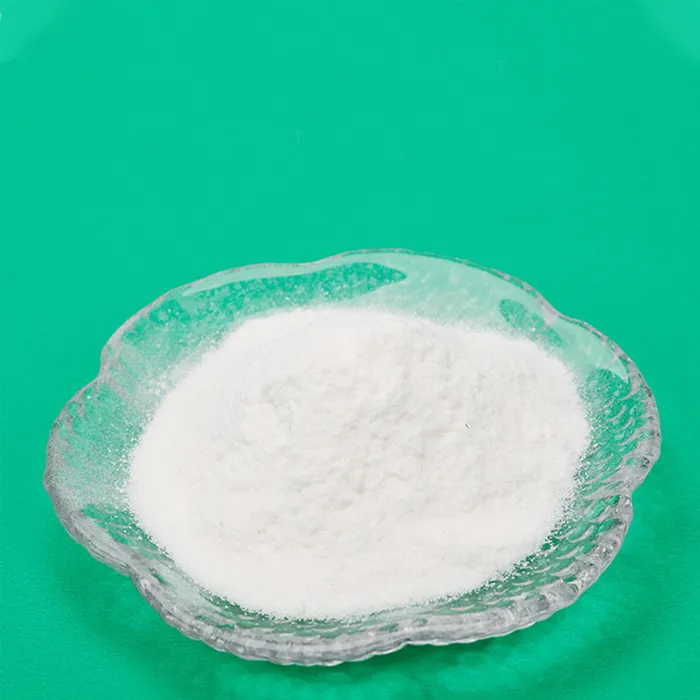The Versatile Uses of Polyacrylamide
Polyacrylamide (PAM) is a synthetic polymer that has found applications across various industries due to its unique properties. Chemically, it is a linear polymer of acrylamide and is known for its ability to absorb water and form gels. This article explores the diverse uses of polyacrylamide, highlighting its significance in multiple fields ranging from agriculture to water treatment.
Agricultural Applications
In agriculture, polyacrylamide is employed as a soil conditioner. Its excellent water retention capabilities make it an invaluable resource for farmers in arid regions. When mixed into the soil, PAM increases water availability for crops, especially during dry spells. This enhancement in soil moisture can lead to improved crop yields and reduced irrigation costs, promoting sustainable agricultural practices. Additionally, polyacrylamide is used in erosion control by stabilizing the soil structure, preventing the loss of topsoil during heavy rains or winds.
Water Treatment
Another significant application of polyacrylamide is in water treatment processes. PAM acts as a flocculant, helping to aggregate suspended particles in water. Municipalities and industries often use it to clarify drinking water and treat wastewater. By promoting the aggregation of solids, polyacrylamide helps in the efficient removal of pollutants and other impurities from water sources. This not only ensures cleaner water for consumption but also aids in protecting ecological systems from hazardous substances.
Oil Recovery
In the oil and gas industry, polyacrylamide is utilized for enhanced oil recovery (EOR). The polymer is injected into oil reservoirs to improve the flow of crude oil, making it easier to extract from the ground. By altering the viscosity of the reservoir fluids, PAM helps in mobilizing trapped oil, thus increasing the efficiency of extraction processes. This application is particularly important as it contributes to the economical and environmentally responsible recovery of fossil fuels.
polyacrylamide use

Cosmetic Industry
The cosmetic industry has also embraced polyacrylamide, thanks to its gelling and thickening properties. PAM is commonly found in various cosmetic formulations, including creams, lotions, and gels. It provides a smooth texture and improves the overall consistency of products. Additionally, polyacrylamide can form a film on the skin, providing a temporary tightening effect that is often sought after in anti-aging products. However, the use of PAM in cosmetics raises concerns about potential skin irritation, particularly in individuals with sensitivities.
Biomedical Applications
In the biomedical field, polyacrylamide is increasingly recognized for its potential in drug delivery systems and tissue engineering. Its biocompatibility and ability to form hydrogels make it suitable for encapsulating drugs, allowing for controlled release profiles that enhance therapeutic efficacy. Moreover, PAM-based hydrogels can serve as scaffolds for cell growth in tissue engineering, aiding in the repair or regeneration of damaged tissues.
Environmental Considerations and Sustainability
While the benefits of polyacrylamide are numerous, it is essential to address the environmental considerations associated with its production and use. The monomer acrylamide is classified as a neurotoxin, and thus, proper handling and disposal of polyacrylamide products are crucial to prevent contamination. Moreover, the industry is exploring bio-based alternatives to PAM that could offer similar benefits with reduced environmental impact.
Conclusion
Polyacrylamide stands out as a highly versatile polymer with applications in agriculture, water treatment, oil recovery, cosmetics, and biomedicine. Its ability to absorb water, enhance fluid flow, and form stable gels is what makes it a sought-after material in various domains. As industries continue to evolve and focus on sustainability, the future of polyacrylamide will likely involve finding safer and more environmentally friendly alternatives while retaining its functional capabilities. Understanding and responsibly utilizing this synthetic polymer will not only optimize industrial processes but also contribute positively to environmental and human health.

